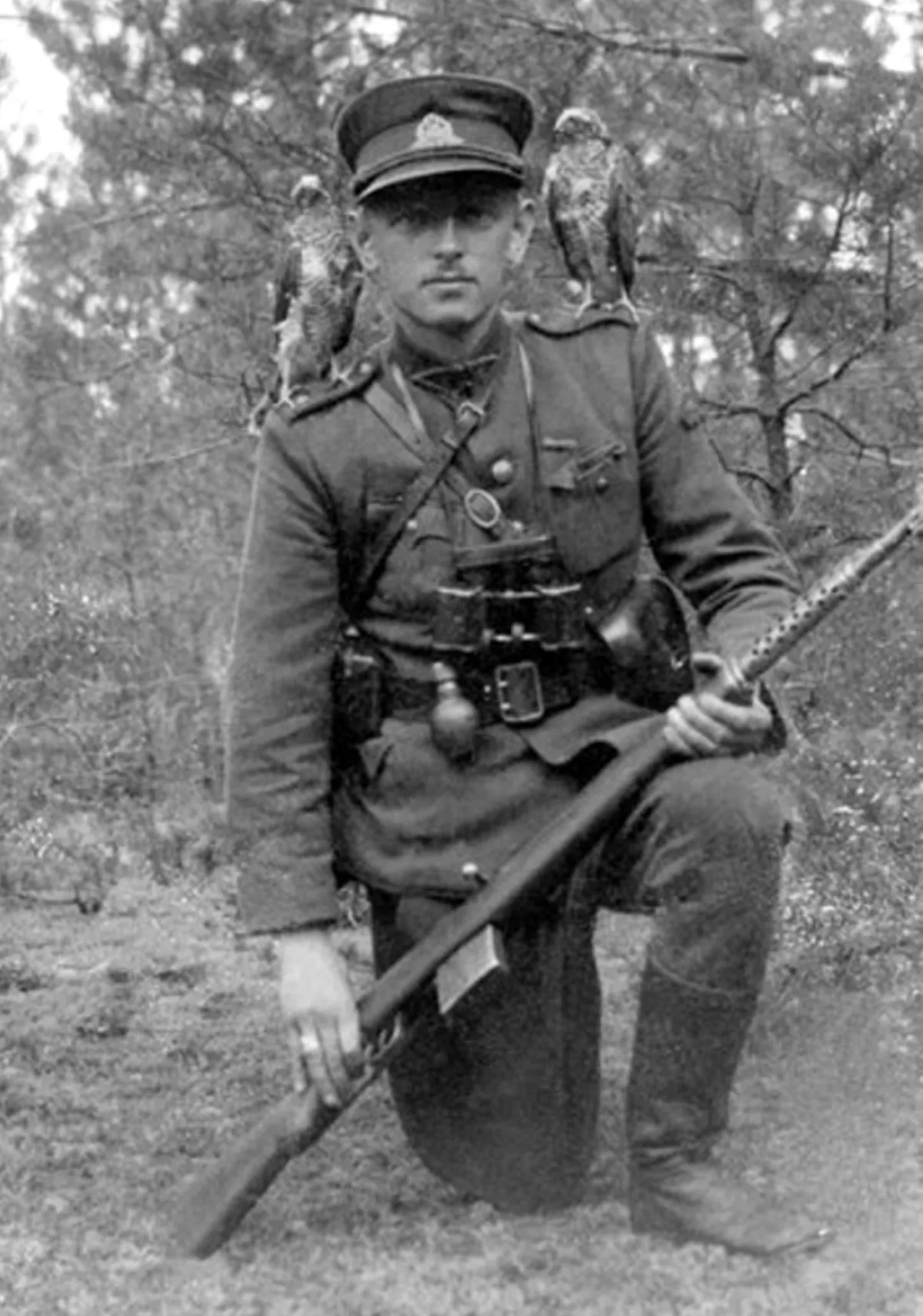 1.
1. Adolfas Ramanauskas worked as a teacher during the Soviet and German occupations of Lithuania in World War II.

 1.
1. Adolfas Ramanauskas worked as a teacher during the Soviet and German occupations of Lithuania in World War II.
Adolfas Ramanauskas was the last known partisan commander to be captured.
Adolfas Ramanauskas was born to a Lithuanian immigrant family in New Britain, Connecticut, United States.
Adolfas Ramanauskas graduated from Galiniai primary school in 1930, and from Lazdijai Gymnasium in 1937.
In 1939, Adolfas Ramanauskas enrolled into the War School of Kaunas.
Adolfas Ramanauskas graduated with the rank of second lieutenant in the reserve forces.
Adolfas Ramanauskas participated in the anti-Soviet June Uprising in Lithuania at the start of the German invasion of the Soviet Union in June 1941.
In early 1945, Adolfas Ramanauskas joined the Lithuanian partisans who waged a guerrilla war against the Soviet occupants.
Adolfas Ramanauskas adopted the nom-de-guerre Vanagas and joined partisan formations in southern Lithuania, which were most active among Lithuanian partisans.
Adolfas Ramanauskas joined a partisan platoon operating in the environs of Nemunaitis and Alove and was immediately elected its commander.
Adolfas Ramanauskas organized disorganized resistance members into a 140-men Merkine company.
On July 1,1945, Adolfas Ramanauskas was promoted to commander of Merkys Brigade.
Adolfas Ramanauskas strove to improve organization and centralized command of the partisans.
Adolfas Ramanauskas became commander of the Dainava military district after the death of Dominykas Jecys-Azuolas in September 1947 and of the Southern Lithuania Region in 1948.
Adolfas Ramanauskas was elected to the presidium of the Union and as the first deputy of its chairman Jonas Zemaitis.
Adolfas Ramanauskas was one of the signatories of the Lithuanian Partisans Declaration of February 16,1949, which proclaimed Lithuania as a democratic republic and the Lithuanian nation as a sovereign power.
In fall 1949, Adolfas Ramanauskas was further promoted to colonel and chief commander of the defensive forces of the Union of Lithuanian Freedom Fighters.
When Zemaitis resigned due to poor health in 1952, Adolfas Ramanauskas became the leader of the Union.
Adolfas Ramanauskas officially ordered cessation of armed struggle in favour of passive resistance.
The KGB formed a permanent operational group led by Petras Raslanas and Nachman Dushanski to capture Adolfas Ramanauskas, which, according to Auksute Ramanauskaite-Skokauskiene, had as many as thirty agents in 1956.
Adolfas Ramanauskas was betrayed by Antanas Urbonas, a former classmate at Kaunas, and arrested on October 11,1956.
Adolfas Ramanauskas was taken to the KGB prison in Vilnius and tortured.
On 9 April 1946, Adolfas Ramanauskas-Vanagas was awarded the Zeal Stripe for conducting organizational work for the resistance movement and the Bravery Stripe for heading the attack on Soviet occupants in Merkine.
On 27 December 1997, Adolfas Ramanauskas-Vanagas, was granted the status of a "military volunteer," and on 26 January 1998, he was posthumously granted the rank of reserve brigadier general by decree of the President of Lithuania, in addition to being awarded the Order of the Cross of Vytis and in 1999 the Order of the Cross of Vytis.
On May 4,2019, a monument to Adolfas Ramanauskas was unveiled in Chicago, which was criticized by Russia, the Simon Wiesenthal Center, the World Jewish Congress, and the Jewish Agency, which made allegations that he collaborated with the Nazis during the Holocaust.
In 2018, Adolfas Ramanauskas's grave was found at the Naslaiciai Cemetery in Antakalnis, Vilnius.
Adolfas Ramanauskas's death was the result of a gunshot in the vertex of his head.
Adolfas Ramanauskas's remains were discovered and reburied in a state funeral among other state leaders in the Antakalnis Cemetery, at which Lithuanian President Dalia Grybauskaite spoke, diplomats from 30 countries and thousands of ordinary people participated.